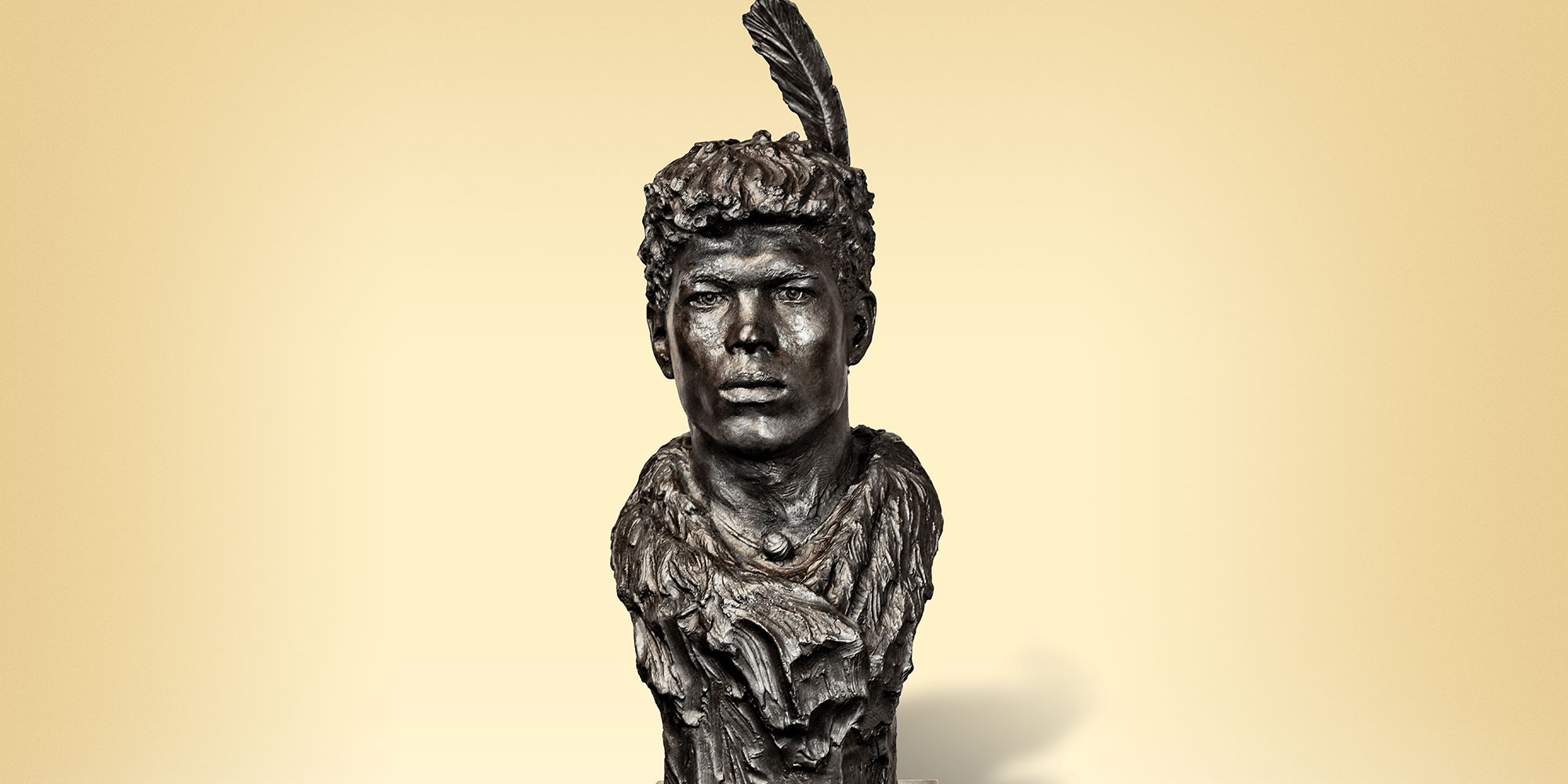After a rough landing at what is now St. Petersburg’s Jungle Prada Park, Spanish explorer Pánfilo de Nárvaez’s 1528 expedition through Florida and the Gulf Coast met a series of disasters over the follow-ing years. By 1536, just four of the crew’s 300 men were still alive and making their way toward the Southwest, including the mysterious Estevanico. A native of Azemmour, Morocco, Estevanico arrived in North America as a Spanish explorer’s slave and is believed to be the first Muslim in the New World. He quickly became an integral part of the exploration thanks to his uncanny ability to communicate with the Native Americans. Based on written accounts from the time it appears Estevanico was eventually freed, likely making him the first known freed slave in North America, as well as, on a later expedition, the first non-Native American to enter New Mexico and Arizona — more than 260 years before the Lewis and Clark expedition. In the 1990s, the Moroccan government commissioned four busts of Estevanico by sculptor John Sherrill Houser. During research for his new book “The Pánfilo de Narváez Expedition of 1528,” Jim MacDougald — the board chairman of the St. Pete-based History Council — discovered the pieces and arranged for Houser to cast an additional bust. Though the donation was delayed by Houser’s untimely death, “Estebanico the Black” will soon be gifted to the St. Petersburg Museum of History to shed light on a previously hidden figure in Tampa Bay’s history.



